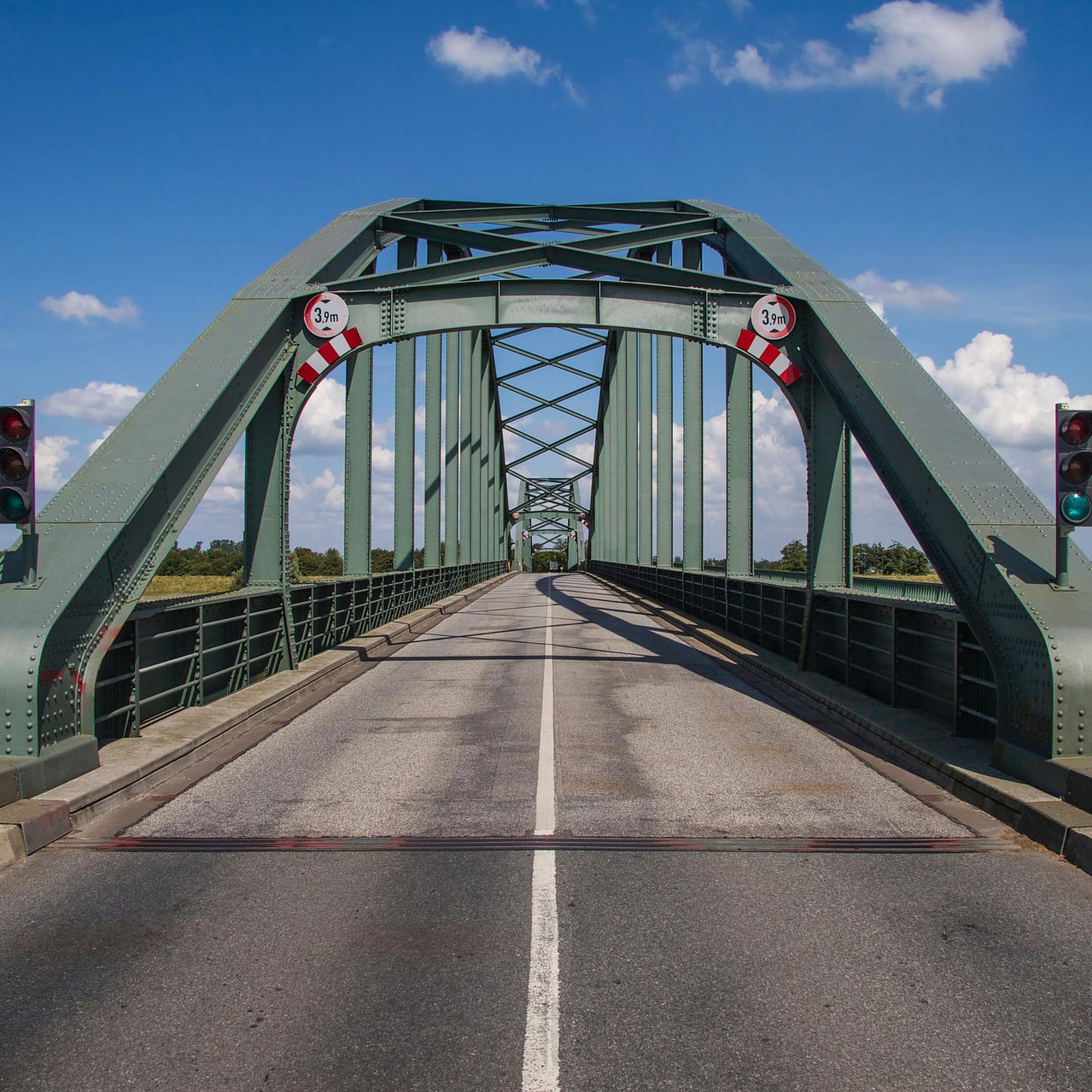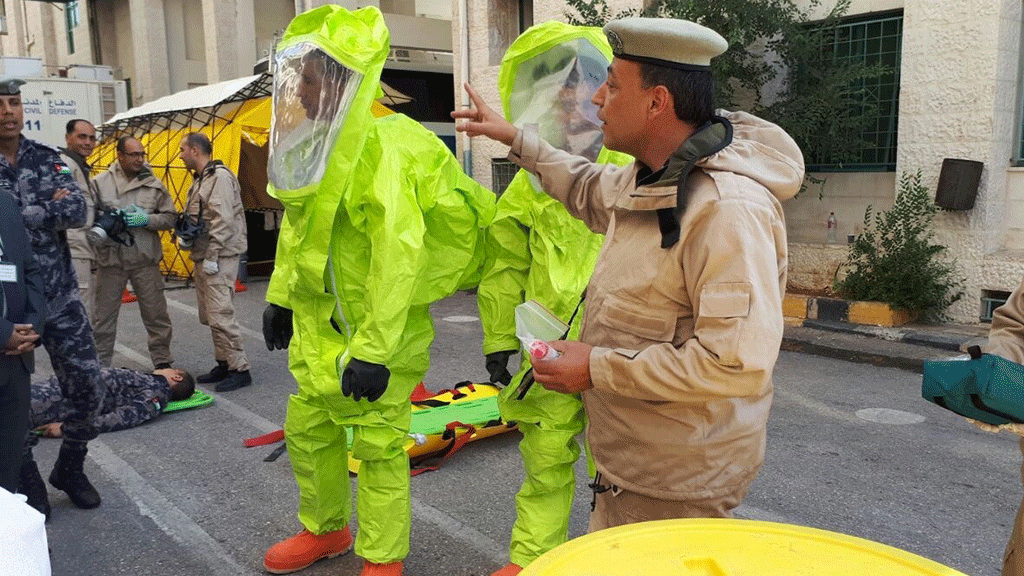Infrastructure: It’s More Than Roads and Bridges

The UN’s International Day of Peace focuses on strengthening peace around the world. The theme for 2016 is “The Sustainable Development Goals: Building Blocks for Peace,” and one SDG in particular has some interesting applications for peace.
The most common images that come to mind when thinking of infrastructure are roads, bridges, and buildings, but have these things made the world a more peaceful place? This is the question that came to my mind when I started to considered the theme of this year’s International Day of Peace: “The Sustainable Development Goals: Building Blocks for Peace. Most of the SDGs make sense for creating a more peaceful world. Addressing issues of poverty, hunger, and justice each have an obvious role to play. But Infrastructure? Its role seemed less obvious to me, but then I thought, “what if infrastructure is more than roads and bridges?” After mulling this question over, I came to the conclusion that while modern physical infrastructure has contributed to us being more physically connected than we ever have before, there is another aspect to infrastructure that is just as important: relationships. A great example of this can be found in scientific collaboration.
At CRDF Global, I get to see firsthand scientists and innovators from all over the globe collaborate with one another. Take a scientific conference for example, where scientists from many different nations may gather together in one location to learn more about a particular infectious disease and how they can prevent and combat it. When they gather, they share their insights, experiences, their cultures, and their ideas. These individuals then take this new knowledge back to their institutions or communities where it can be looked at from many different angles and then improved upon or replicated in another area of the globe. While each of these scientists may have arrived together due to physical infrastructure, they have created via their interactions an “infrastructure of people.” This infrastructure cannot be seen or driven on, but it is constructed each time people are able to connect, and unlike physical infrastructure, it is not disrupted if it’s moved. In essence, they are their own roads and bridges to other people.
But conferences are just one instance of international collaboration. Take any number of workshops, summits, meetings, podcasts, etc. that inevitably strengthen the infrastructure of people around the world by circulating ideas and building relationships. Ensuring these experts can expand and strengthen their ideas by engaging in communication and collaboration at an international level is what ultimately creates the world changing ideals needed to bring about peace.
This post isn’t to say that physical infrastructure is somehow “less important.” Rather it is to put a different light on infrastructure and how we view it. Yes, we should continue to build roads and bridges and buildings, but we should also realize that people are vital pieces of infrastructure and conduits for ideas and understanding that can indeed make the world a more peaceful place. This International Day of Peace we should strive to eliminate all borders and have no limits when it comes to building “infrastructures of people.” Just as an absence of light does not necessarily constitute darkness, nonviolence does not necessarily constitute peace. Peace is just as much about encouraging and maintaining positive relationships between individuals as it is about realizing a world free of violence.
Zach Goble is an Intern at CRDF Global supporting the Biosecurity Engagement Program. A graduate of James Madison University, Zach earned a BA in Biology/Psychology and is currently working towards a master’s degree in Global Health Security at George Mason University. He is a strong advocate of the Global Health Security Agenda and enjoys sharing ideas and perspectives on global health. You can find him on twitter at @GHSACompanion.



